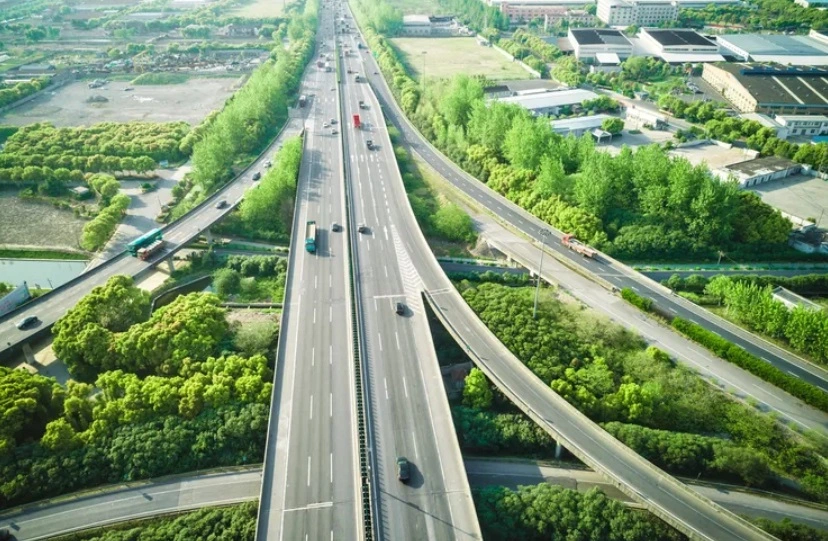
Overview
We live in a noisy world not-so-quietly, and much of the noise pollution is caused by man. Mining, Industries, household tasks, and traffic barrage of high pitches. Noise is now understood as a factor in a range of health issues, including cardiac diseases.
The concept of noise pollution and its effect is unknown or limited to humans. In reality, that’s not the case, it is equally harmful to animals, and plants. One of the serious threats to the environment is noise pollution. Experts say noise pollution can affect directly or indirectly plants and can even accelerate the extinction of some species in another century.
Following are some of the most common questions associated with noise pollution and the plant world, along with research-backed explanations. https://thecliment.com/noise-pollution/
Do Trees Reduce Noise Pollution?
A noisy environment puts the peace at risk and makes people feel dreadful. It is also observed as a form of environmental pollution and is also a health concern. Lucky for us, we have millions of trees, the ‘natural noise barriers. Trees not only sequester carbon dioxide, avoid soil erosion, and give shade but they also act as buffer zones and filter out the infuriating urban noise.
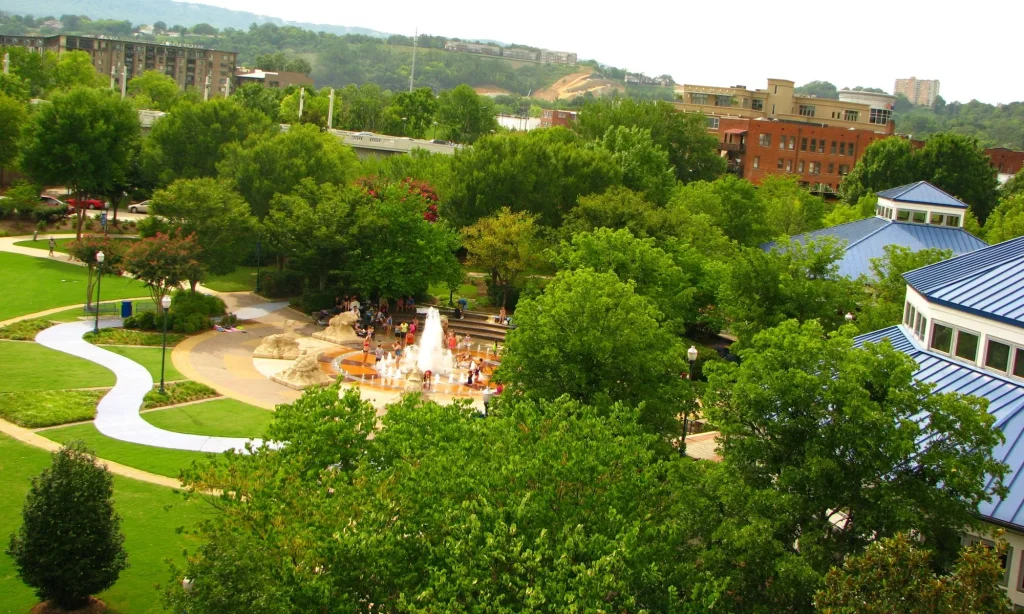
How Do Trees Reduce Noise Pollution?
Trees act as barriers for noise and reduce pollution through a phenomenon called sound attenuation, which is the restraining of sound. In general, noise attenuation occurs when sound waves disperse over longer distances until there’s no energy left to vibrate the air. Trees lessen noise by absorption, refraction, deflection, and masking.
Sound absorption by plants
Tree parts such as leaves, stems, wood, and branches absorb sound waves. Rough, thick bark and plumpy leaves are particularly effective at sound absorption due to their active surface area. If we talk about shrubs, their size matters.
Noise deflection by plants
When sound waves hit the huge tree trunks, the trunks do not vibrate because they are rigid and hard. Sound waves are reflected off from the trunks and back toward the source. Whereas when sound hits an elastic and flexible surface such as leaves, they will vibrate and sound waves are converted into other energy forms. It can also change the direction of a sound, which can cause intrusion in sound waves and a noise reduction occurs.
Sound refraction by trees
Sound waves can be refracted, for example, if sound hits a solid floor, the waves bounce all over and form echoes; and with carpeting, the echoes disappear. Ground-covering plants, green walls, and vines on walls help achieve the same effect.
Sound masking by plants
Trees mask irritating noise when leaves swish, branches sway or stems screech. Trees and shrubs also attract squirrels and birds, whose squeaking and chirping help with masking noise pollution.
In general, the more surfaces (needles, leaves, and branches in the tree), the better the noise reduction will occur. It is found that more effective trees in blocking the noise are broadleaved trees than needle-leaf trees. Some studies also designated that the greatest noise reduction occurs at the ground level, especially in forestlands. This indicates that a good noise barrier must be a mix of trees, ground cover plantings, and shrubs.
How much Noise do Trees Block?
The percentage of noise blocked by a tree depends on several factors:
- Frequency, intensity, and direction of the sound and
- Location, width, height, and density of the tree.
However, as the thumb rule, a tree barricade with an open distance of 100 feet can reduce sound by 21 decibels. Research shows that trees and shrubs weaken high frequencies while soft ground surfaces weaken low-frequency noise.
According to research, noise can be reduced by 6dB over a distance of 30 meters when the noise barrier is impenetrable with vegetation. Another study determined that a dense tree-shrub belt of 15-30 m width could decrease noise levels by 6-10 decibels.
Some other studies on sound attenuation of traffic noise screening specify that greenery can reduce frequencies in the range of 250 to 2000 Hz or above. Since most traffic noise peaks at mid-frequencies of 1000 – 2000Hz, a dense noise block is suggested to achieve effective noise reduction. It is also determined that a 30 m dense plantation can give a reduction in noise for 6dB.
Does Noise Pollution Have Impacts on Trees?
Noise pollution changes the way humans, animals, and birds act and plants are no exception. Since plants can’t migrate or move, they depend on birds, insects, and animals for pollen transfer and seed dispersion. But birds and many pollinators are adapting to noise pollution by changing the patterns of migration or moving to quiet locations. As a result, loss of landscape, crowding, competition for nutrients, light, water, and space, and loss of diverse species.
Research illustrates that plants respond to high noise levels in different ways. The research found that frequencies of 100-300 Hz can encourage structural responses in Zea mays. It is also found that it can affect transcriptional levels in plants.
It is found that Impatiens and Beans are examples of two of the fastest-growing plants when treated with broadband noises slowed down their growth. This finding also elevated questions about the role of noise pollution and the developmental features of plants.
Studies on seed foraging and pollinating behavior of pine and juniper trees at noisy sites found a complex effect on plant growth. For this, scientists used compressors at noisy sites that produce 95dB sound, and quiet control sites without compressors were used.
Which Trees are Best for Noise Reduction?
Planting shrubs and evergreen trees can block urban noise by 3 -5 dB. Additionally, it is a bonus to beautify gardens, backyards, and highways.
Magnolias
Southern Magnolia species are the popular sound attenuator of the Magnolia genus. This hardy tree grows up to 50 feet having dense foliage that is perfect to block many hundred decibels of traffic noise levels.
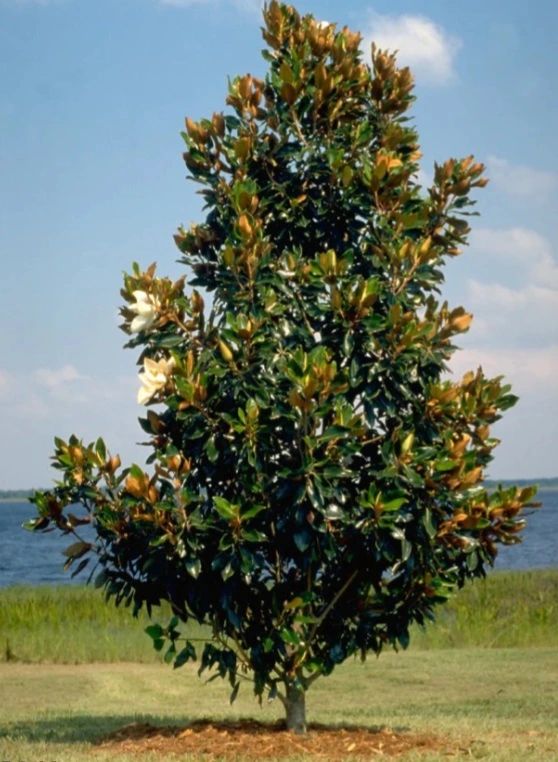
Hardy Evergreens
Evergreen plant species are the best noise blockers. They are growing faster, dense, and act as noise filters around the year. Some of the excellent evergreens contributing to noise reduction are,
- Leyland Cypress: Leyland Cypress are known for their thick and rapid growth, i.e., 3 to 4 feet/year. They stay green all year, are drought-tolerant, and thrive quite easily in both sand and clay. The tree’s thick growth blocks out most of the noise from urban areas.
- Pittosporum: The pittosporum genus comprises thick, densely foliage, tolerant evergreens that can grow approximately 35 feet. Two popular examples of pittosporum that reduce noise are i) Pittosporum undulatum – an Australian native species with lustrous leaves, hardy branches, and white flowers. ii) Pittosporum eugenioides grow well in moist soil and have thick, glossy leaves that can absorb noises.
- Abies: Members of the genus Abies grow with dense greenery. Santa Lucia fir (Abies bracteata) is a popular and rare fir species that grows in moist and acidic soils. This conifer with dark needles grows to 80 feet tall, is a hardy tree, and effectively reduces noise pollution.
- Arborvitae: They are thinner than Leyland cypress but equally effective in sinking out elevated noise levels. For effective reduction of noise, the trees need to be planted 3-4 feet apart.
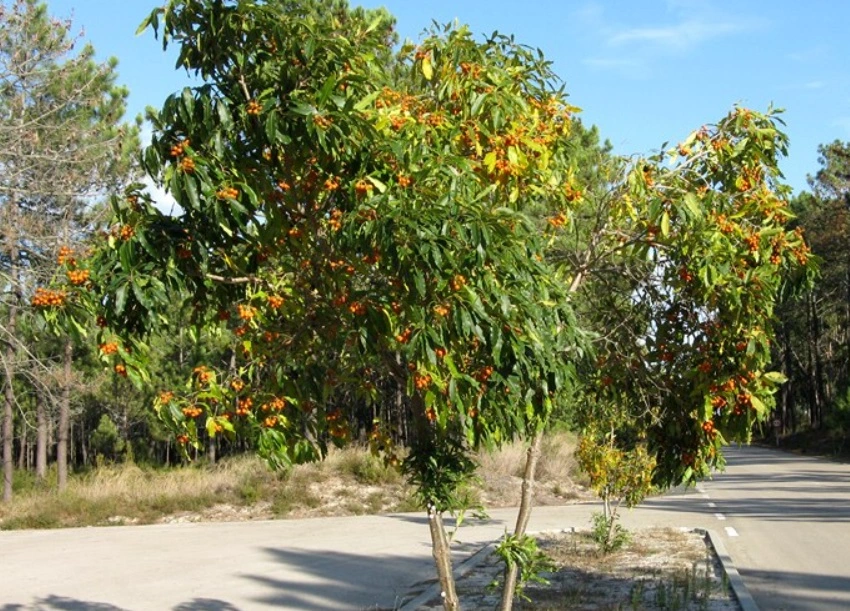
Shrubs
Many shrubs offer good potential as noise-attenuating plants. Some of the perfect names are,
- Hollies: Holy bushes are exceptional in reducing noise at the ground level. They are thicker and have large leaves and lots of branches, ideal factors to reduce as much noise as possible. Examples are Dwarf Buford Holly and Oakleaf Holly. Both have dense growth patterns, so when planted as a hedgerow, they block noises pretty well.
- Spruce: They are also evergreens and there are many types of spruce to choose from. The Globe Blue is measured as best for warmer climates whereas Fat Cat Norway is perfect for colder climates.
- Indian Hawthorn: The glossy, dark green foliage is a great remedy for high noise levels. With bluish-black berries, decorative flowers, and a rounded shape, it serves as a decorative plant as well.
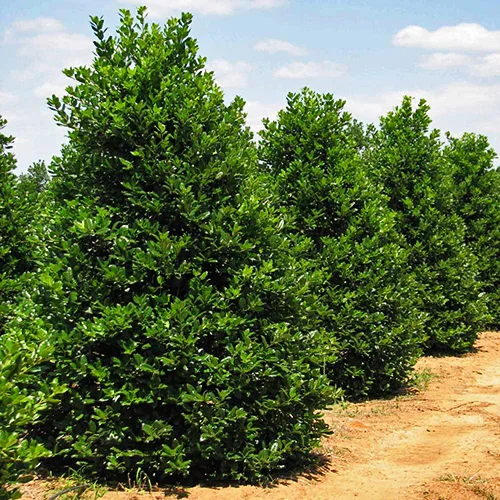
A blog on “Using Trees and Shrubs to Reduce Noise” can be accessed on https://arbordayblog.org/landscapedesign/using-trees-and-shrubs-to-reduce-noise/
 The Climent Respect your roots, Protect your planet
The Climent Respect your roots, Protect your planet

I am sure this post has touched all the internet people, its really really
fastidious post on building up new webpage.